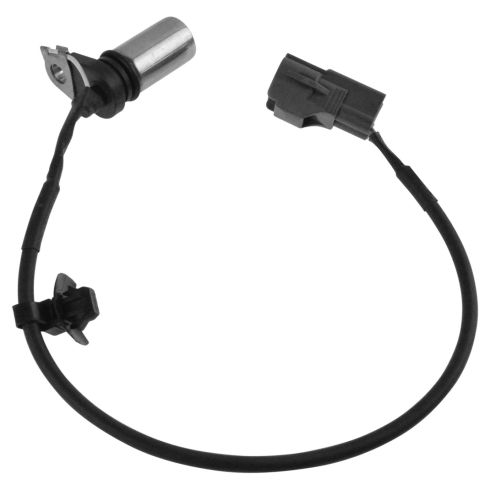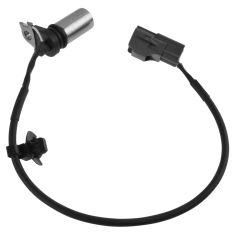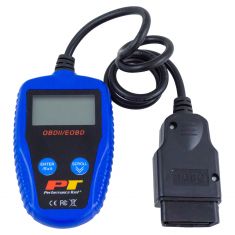1AECS00079-Toyota Lexus Pontiac Scion Crankshaft Position Sensor TRQ ESA94864

Replaces
2002 Toyota Highlander L4 2.4L Crankshaft Position Sensor TRQ ESA94864

Frequently bought together
Product Reviews
Loading reviews
4.75/ 5.0
4
4 reviews
Sensor
July 13, 2017
I was very satisfied with the part that I ordered , l also was was very happy with the shipping time. I will be using this company again in the near future ????
2007 Toyota Rav 4 Crankshaft Position Sensor
August 19, 2019
It was shipped very quickly and I believe that it will work. Its just been way too hot here in AZ for me to work on my Daughters Rav!!!!
Worked great for 2006 Camry
July 28, 2021
I had the crankshaft position sensor fail my 2006 Camry 4 cylinder. It was responsible for causing a crank but no start condition in my vehicle. Basically, there was no ignition when I was troubleshooting the problem. It could have been either the camshaft position sensor or the crankshaft position sensor. I replaced the former but my car still didn't start. I had no choice but to replace the crankshaft position sensor which is a more difficult task. This time I went with 1AAuto for this part and they didn't disappoint. Part arrived quickly and was the correct part for my vehicle. My vehicle started immediately after replacement and has been working fine for a month now.
July 23, 2023
I am very pleased with your product and I would recommend you guys to anybody
Customer Q&A
How do I know when my car needs a new crank shaft sensor?
February 9, 2021
10
There are multiple signs of a failed crank shaft. We suggest taking your vehicle to a nearby reputable shop to identify the cause. Once you know the cause, we'll be happy to see if we carry the parts and how-to videos needed for your repair.
February 9, 2021
Jessica D
Toyota is a registered trademark of Toyota Motor Corporation. 1A Auto is not affiliated with or sponsored by Toyota or Toyota Motor Corporation.
See all trademarks.










